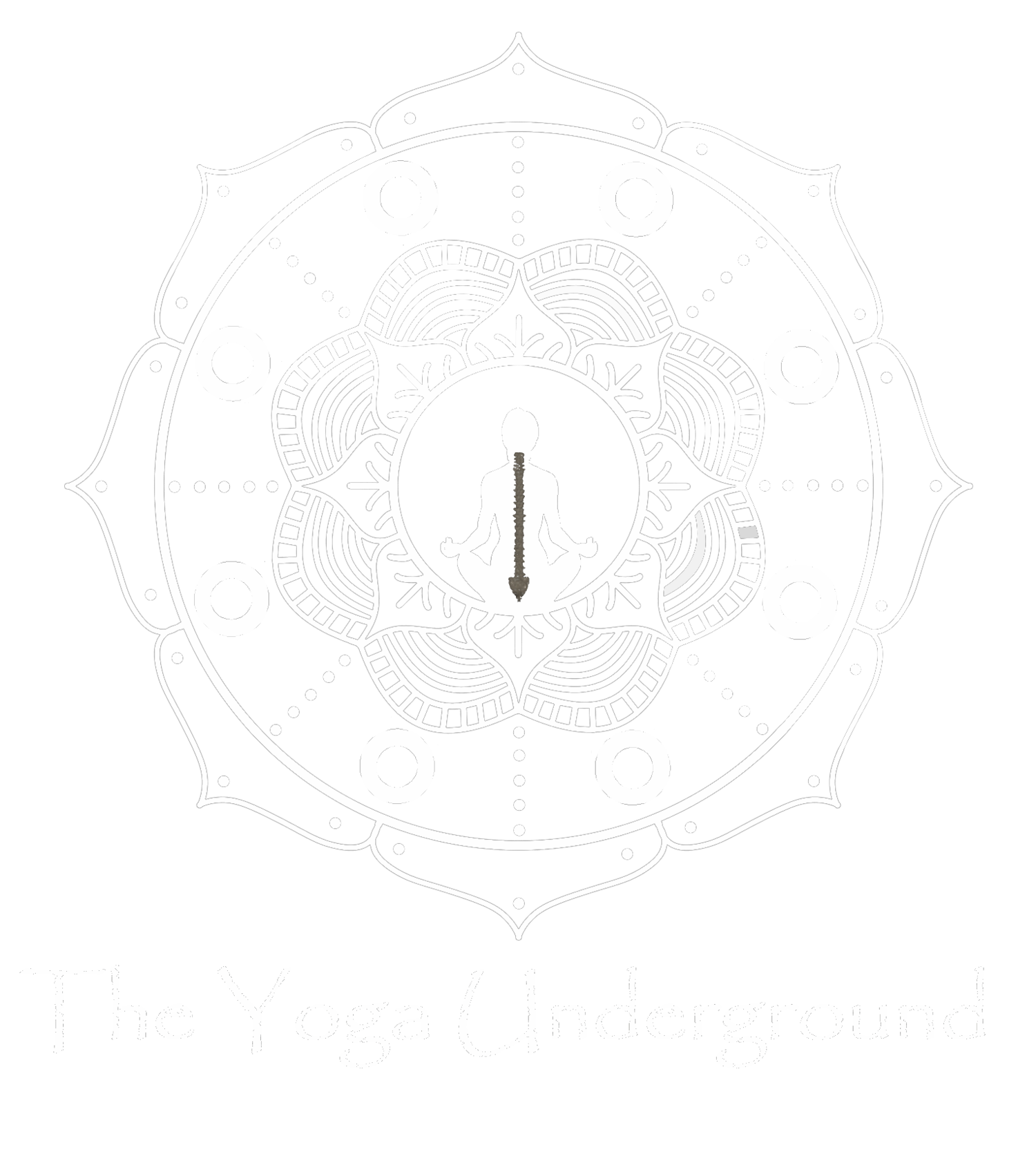After a ride on your bike, have you experienced numbness, tingling, or pain in your arm, hand, wrist, or little finger? If you have, you could be suffering from an overuse injury. Approximately one-third of all bicycling overuse injuries involves the hands. The 2 most common are what we call “handlebar palsy” and carpal tunnel syndrome. By making some adjustments to your bike, posture, and by wearing some protective equipment, you can prevent these injuries from occurring.
Handlebar palsy
Ulnar neuropathy, known to cyclists as handlebar palsy, is caused by compression of the ulnar nerve at the hand and wrist. The ulnar nerve controls sensation in your ring and little finger and controls most of the muscular function of your hand. Compression of the ulnar nerve is a common problem for competitive and recreational cycle enthusiasts, alike. Compression is the result of direct pressure on the ulnar nerve from the grip on the handlebars. Often, the nerve may be over stretched or hyperextended (extension beyond its normal limit) when a drop-down handlebar is held in the lower position. The pressure placed on the ulnar nerve results in numbness and tingling in the ring and little fingers or hand weakness, or a combination of both. Symptoms can take from several days to months to resolve, but surgical treatment is rarely necessary. Rest, stretching exercises, and anti-inflammatory medications, such as aspirin, usually help relieve the symptoms. Applying less pressure or weight to the handlebars and avoiding hyperextension can help to prevent a recurrence.
Carpal tunnel syndrome
Although it is less common than handlebar palsy, carpal tunnel syndrome (compression of the median nerve at the wrist) is another overuse injury that cyclists often experience. Injury often occurs when a cyclist holds the handlebars on top and applies pressure directly on the median nerve. Symptoms include numbness and tingling in the thumb, index, middle, and ring fingers and weakness of the hand. Symptoms usually resolve quickly once you stop cycling for a short period of time. Although handlebar pressure contributes to these symptoms, there can be other causes for hand pain and numbness; therefore, an evaluation for other possible causes of carpal tunnel syndrome should be performed by your health-care professional.
Prevention with Equipment
Adjust your handlebars, seat and pedals to best suit your body and allow you to sit in a more upright position. Sitting upright will take the weight and pressure off of your hands and wrists. Wearing padded gloves may also reduce shocks and jolts to your body, which travel into your wrist joints from the road and can lead to pain.
The Correct Position for the Wrist
The carpel tunnel is a small gap between the many small wrist bones and a flat ligament at the base of the wrist. Ten tendons go through this small tunnel and are responsible for flexing the hand and fingers. A nerve also passes through this tunnel. Degeneration or mechanical stress can easily injure these small tissues resulting in a loss of function of the hand.
Riding with the wrist flexed like this stresses these small tissues:
I see this position quite often when I conduct rider assessments.
This hand position can lead to injury for two reasons:
The tendons are stretched to near full length.
Vibration or impact from the front wheel, such as a bump in the road, can then cause a trauma as the wrist is forced to extend too far.
The correct position is with the wrist straight like this:
This position allows shock to travel up the arm while supported by the bones and cartilage, which are much stronger tissues than the fine tendons and ligaments supporting the fingers.
Assess and Control Weak Wrist Flexors
One reason we ride incorrectly is simply due to lack of knowledge or bad habits. But another reason can be weak wrist flexors. If you are a regular gym-goer, there are some tests you can do with pressing exercises to assess and control these flexors.
To conduct the test of your hand position you will need a set of grips, a suspension trainer, or a set of rings. You are going to check for correct wrist alignment while you perform a push up on this gear.
Correct wrist position:
Incorrect wrist position:
Elbow Position Is Important, Too
Avoiding injury doesn’t end at hand position, though. Should you hit a large bump in the road, and you manage to avoid wrist injury, the shock will continue to travel up the arm to the elbow. This is the second potential area of injury due to incorrect position.
Elbows should be slightly flexed like the cyclist shown here:
This allows any movement of the handlebars to be taken up by the elbow flexing. If you ride with your elbows stiff or locked, then vibration and shocks may extend the elbow too far and lead to trauma.
So please remember to keep your wrists straight and elbows flexed when out on the bike.
- Dr. Alex (The Doc)
Sources: http://www.hughston.com/wp-content/uploads/Health-Alerts/vol15no3.pdf
https://breakingmuscle.com/fitness/pain-free-cycling-avoiding-wrist-and-elbow-injury









